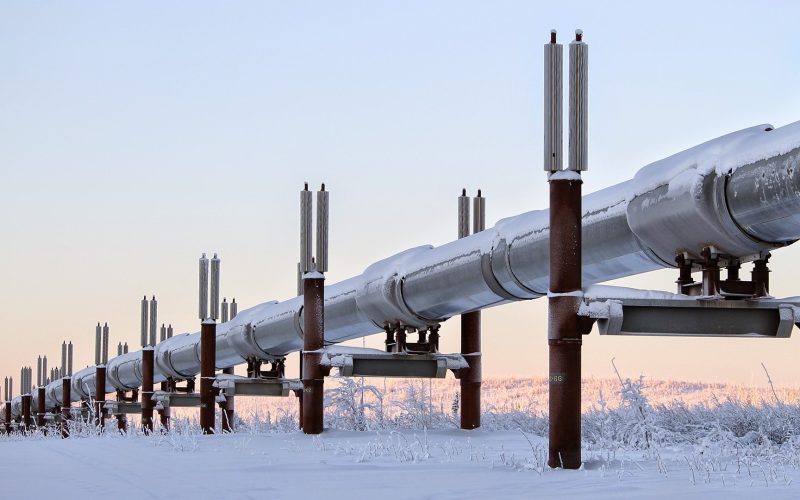THE VOICE FOR THE ENERGY CONSUMER
TALLAHASSEE, FL – In the first of a series of “Finish the Job” events across the United States, this morning Consumer Energy Alliance (CEA) held a press conference at the.
In recent weeks, drivers have begun to see an annual rite of spring & summer – higher gas prices. According to AAA’s Daily Fuel Gauge Report, the average national price.

On the online opinion pages of The Oregonian, David Holt explores why west coast states will benefit the most if the U.S. utilizes Alaska energy resources. Why Oregonians should support.
After a recent interview with the Tallahassee Democrat, CEA President David Holt is highlighted in an editorial urging Florida consumers to learn more about shale gas development. “The Consumer Energy.
In a feature for The Energy Report of the Observer-Reporter, CEA President David Holt explains the need for consumers to be informed about shale energy development. As president of the.
Anti-development efforts promoting a statewide moratorium on shale development would reverse economic progress in Northeastern Pennsylvania, writes CEA President David Holt in the The Times Leader. Pennsylvania Gov. Tom Corbett.
About Lycoming County Located about 130 miles northwest of Philadelphia and 165 miles east-northeast of Pittsburgh. Lycoming County is included in the Williamsport, Pennsylvania, Metropolitan Statistical Area. Founded: April 13,.
The U.S. reliance on overseas energy has long been a national security concern. Writing at TownHall.com, CEA’s Michael Whatley breaks down why it is so important for the United States.